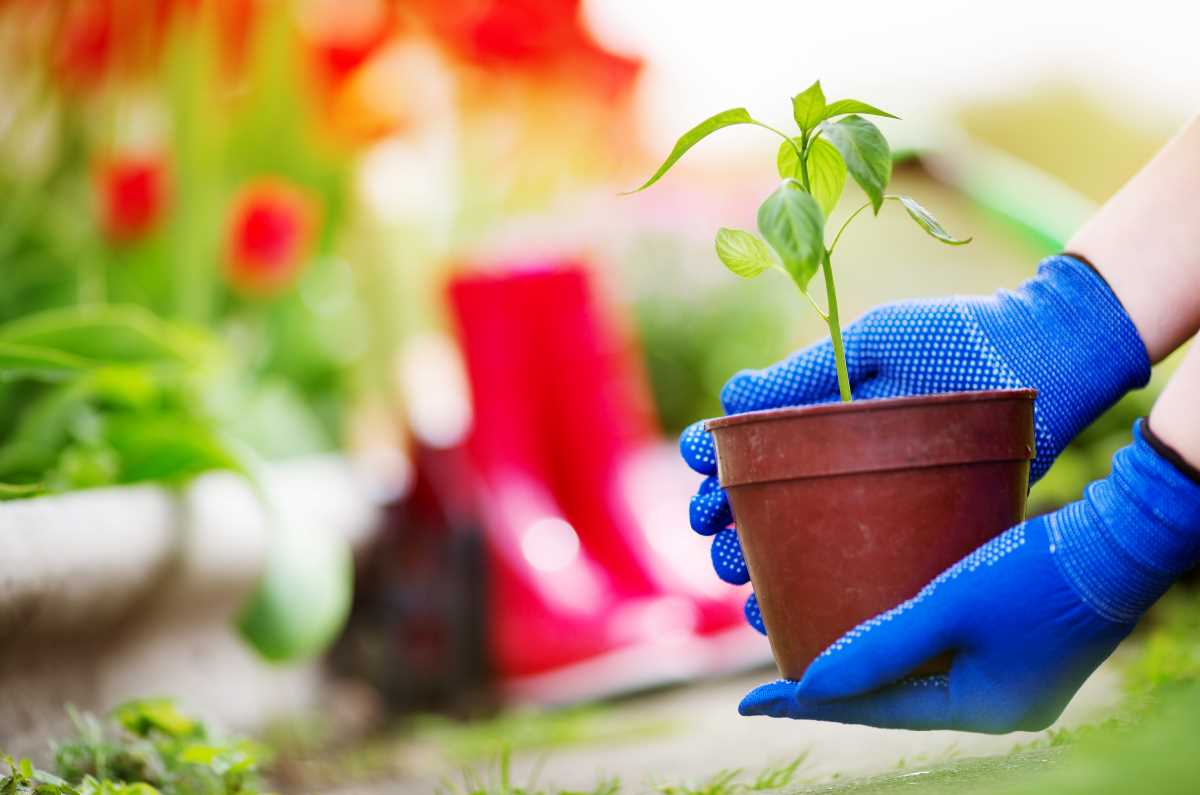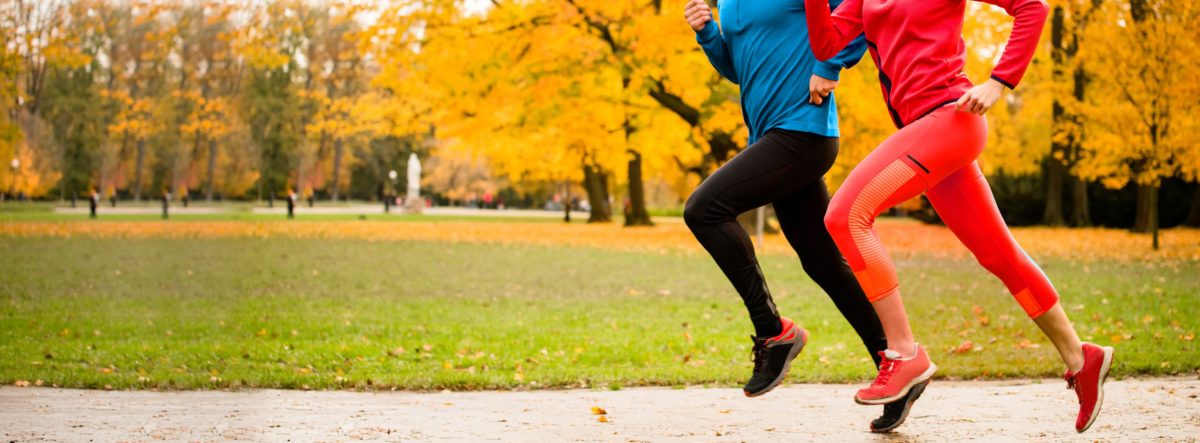Gardening and musculoskeletal conditions
“We may think we are nurturing our garden, but of course, it’s our garden that is really nurturing us.” Jenny Uglow
With spring well and truly in the air, our gardens are coming alive. It’s the perfect time to get outside and dig in the dirt.
Gardening’s a wonderful way to get some fresh air and vitamin D. It can also be extremely relaxing, and a good workout. What’s not to love?
Sadly, for those of us who like to garden, there are times when our condition or our pain may affect our ability to garden as we’d like to. But there are many things you can do so that you can still get into your garden and enjoy yourself.
- Pace yourself. I know, I know, we go on about pacing all the time. But it’s so easy when you’re feeling good and you’re having a great time to get carried away. And then you pay for it the next day (or three). So don’t try to do too much in one go and remember to take regular breaks. This’s a good opportunity to rest – but also to drink some water while you sit back and admire your work, contemplate what to do next, and imagine future gardening projects.
- Warm up. Gardening is physical, so get your body ready for it, just as you would before doing any form of exercise. Do some stretches or go for a walk around your yard or the block so your muscles warm up and you feel looser. Then ease into the gardening.
- Be aware of your posture and use good technique when lifting and carrying things. It’s easy – especially if you’ve been working all day and you’re a bit tired – for poor technique to slip in. Remember to carry things close to your body (or use a wheelbarrow or cart), be careful when kneeling or squatting that you don’t overbalance, and that you maintain the natural curve of your spine. Try not to stay in the same position or do lots of repetitive movements for long periods of time. Swap your activities so that you’re using a range of muscles and joints, rather than overworking one part of the body.
- Contain it. Use pots and other containers for small, manageable gardens. This is perfect if you only have a small space, you live in a rental property or you want the flexibility to change plants and plant locations regularly. You can use regular garden pots or containers, or be creative and use other containers you have lying around – e.g. old wheelbarrows, teapots, colanders, tyres, boots. Check out Pinterest for some great ideas. Just make sure you have plenty of time – it’s a great place to lose track of time. You’ve been warned!
- Create raised garden beds and vertical gardens. This will take a bit more planning and work, but they allow you to access your garden with a lot less bending or kneeling. Perfect if you have a sore back, hips or knees. You can build your own –there are lots of videos and guides online to show you how to do this – or you can buy them in various shapes and sizes from gardening and hardware stores.
- Use the right tools. There’s a huge range of gardening tools and equipment to help you manage in the garden including:
- gardening gloves – protect your hands and wear decent gloves. It’s worth paying a bit more and getting a good quality pair (or two) that provide good grip and protect your skin.
- tools that work for you – including ratchet style secateurs that allow you to cut branches with much less effort (they do all the hard work), and long handled tools that save you from having to bend down to weed or from stretching overhead to reach branches.
- thicker handled garden tools – perfect for anyone with sore hands or difficulty gripping. You can also buy thick rubber or foam tubing from the hardware store, cut it to length and fit it over the handles of your existing gardening tools.
- wheelbarrows and garden carts – to help you carry heavier items from one place to another, or to carry several smaller things in one go. Just be careful not to overload it and try to move more than you know you should. Listen to your body.
- cushioned knee supports – knees pads, kneeling mats, or even gardening stools can help cushion and protect your knees and help you get up and down off the ground.
- Get some help. Whether it’s family, friends, or a local handyman or gardener, get some help if you have some big jobs that need doing – e.g. creating raised garden beds, pruning trees, mowing lawns. You don’t have to do everything yourself. Save the things you really enjoy and let someone else tackle the less enjoyable jobs.
- Stay hydrated. Make sure you drink plenty of fluids. Gardening can be hot, strenuous work, so don’t let yourself become dehydrated. Keep a water bottle close by.
- Have a warm shower after your exertions. It can help loosen up muscles that have become tight while gardening. After your shower, don’t immediately sit down if you can help it. If you’re feeling a bit stiff, go for a short walk. You’ll feel so much better for it in the long run.
- Talk with an OT. An occupational therapist can help you find ways to modify your activities to reduce joint pain and fatigue and save energy. They can also give you tips and ideas about different aids and equipment available to make gardening easier and more enjoyable.
With the weather warming up, getting outdoors and playing in the garden is a wonderful way to forget the worries of the world, for a while at least (COVID-who?). So plant some bright flowers in pots or garden beds around the entrance to your house. Prune trees and shrubs and remove any dead winter growth. Add some mulch to the gardens beds. Plant some vegies for summer salads. Then grab a cold drink, sit back and enjoy the fruits of your labours.
“Flowers don’t worry about how they’re going to bloom. They just open up and turn toward the light and that makes them beautiful.” Jim Carrey
Call our Help Line
If you have questions about things like managing your pain, COVID-19, your musculoskeletal condition, treatment options, telehealth, or accessing services be sure to call our nurses. They’re available weekdays between 9am-5pm on 1800 263 265; email (helpline@msk.org.au) or via Messenger.
More to explore
- 10 gardening tips for arthritis patients (video)
Johns Hopkins Rheumatology - Gardens
Better Homes and Gardens - Find an OT
Occupational Therapy Australia - Gardening Australia
ABC - Gardening with arthritis: Tips for preventing joint pain
Arthritis Foundation (USA) - Gardening
Versus Arthritis - October in your patch
Sustainable Gardening Australia - The Diggers Club – Australia’s largest garden club











